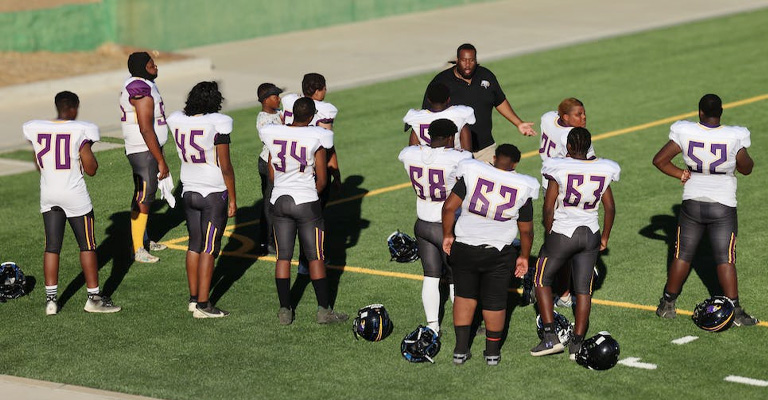Football is a game that demands a combination of physical prowess, tactical acumen, and technical finesse. Whether you’re a seasoned player looking to refine your skills or a beginner eager to learn the fundamentals, a well-rounded training regimen is essential.
To help you take your game to the next level, we present “The Ultimate List of Football Drills.” This comprehensive compilation encompasses a wide range of drills designed to improve various aspects of your performance, including agility, speed, strength, ball control, passing accuracy, and defensive techniques.
From individual exercises to team-based simulations, these drills have been carefully selected to cater to players of all positions and skill levels. So, whether you’re a quarterback, a defender, or a wide receiver, get ready to elevate your game and dominate the field with this invaluable resource.
List of Football Drills
Safety comes first. So, it’s important to warm up properly before attempting any drills and to perform them under the supervision of a qualified coach or trainer. Here’s a list of the most popular football drills along with a brief description of each:
Cone Drill
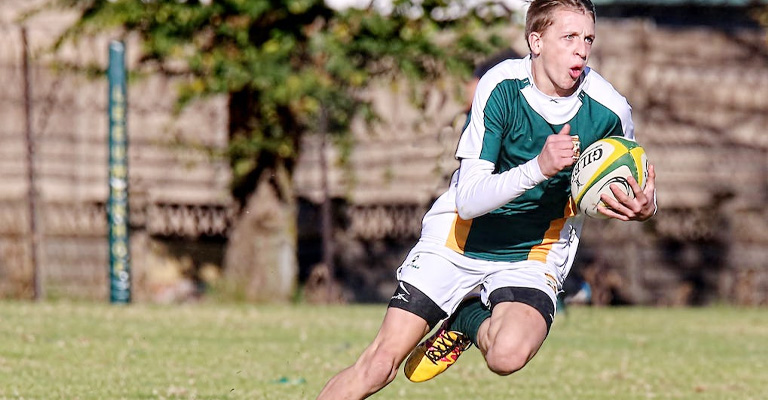
The cone drill is a popular agility drill that helps improve a player’s speed, quickness, and change of direction. Set up a series of cones in a straight line, about 5 yards apart.
Start at one end and sprint to the first cone, touch it, then sprint back to the starting point. Repeat this process for each cone, focusing on maintaining proper form and accelerating quickly.
Shuttle Run
The shuttle run is another agility drill that focuses on acceleration, deceleration, and change of direction. Set up three cones in a straight line, with the first cone at the starting point and the other two cones placed 5 yards apart.
Start at the first cone, sprint to the second cone, touch it, and then sprint back to the starting point. Next, sprint to the third cone, touch it, and return to the starting point. This drill helps improve lateral movement and explosiveness.
Pass Rush Drill
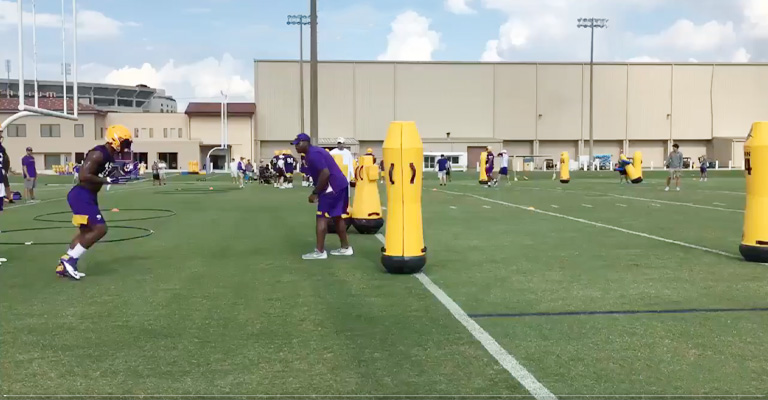
The pass rush drill is designed to improve a defensive player’s ability to get past an offensive lineman and reach the quarterback. Set up two cones about 5 yards apart, representing the offensive lineman.
The defensive player lines up in a three-point stance and explodes off the line, using various techniques like speed rush, bull rush, or spin move to get past the cones. This drill helps develop technique, speed, and power for pass rushing.
Route Running Drill
The route-running drill is essential for wide receivers and tight ends to improve their precision and timing in running routes. Set up cones or markers to represent the different routes, such as slant, out, post, or go routes.
The receiver starts at the line of scrimmage and runs each route with proper footwork, crisp cuts, and precise timing. This drill helps develop route-running skills, agility, and the ability to create separation from defenders.
Tackling Drill
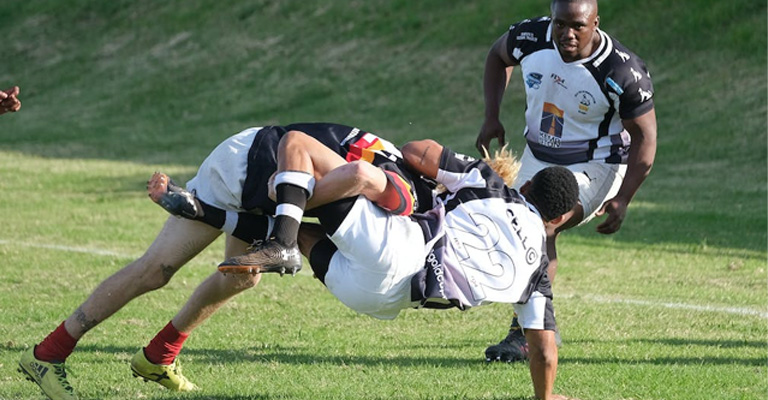
The tackling drill is crucial for defensive players to improve their tackling technique and form. Set up two cones about 5 yards apart, representing the ball carrier. The defender lines up a few yards away from the cones.
On the coach’s signal, the ball carrier runs towards the defender, who must execute a proper tackle by driving their shoulder into the ball carrier’s midsection, wrapping their arms around the ball carrier, and driving them to the ground.
This drill helps players develop proper tackling technique, body positioning, and tackling power.
One-on-One Coverage Drill
The one-on-one coverage drill is designed to improve a defensive player’s ability to cover a receiver in man-to-man situations. Set up two cones about 10 yards apart, representing the line of scrimmage. The receiver lines up on one cone, and the defensive player lines up on the other.
On the coach’s signal, the receiver runs a specific route, while the defender tries to stay with them and prevent the completion of the pass. This drill helps develop the defender’s footwork, hip movement, and ability to stay in close coverage.
Ball Security Drill
The ball security drill is essential for all players, especially ball carriers, to improve their ability to protect the football and avoid fumbles. Set up a small area with cones or markers.
The player holds the football securely with both hands and moves through the area while defenders attempt to strip the ball.
The player must focus on maintaining a strong grip, keeping the ball close to their body, and using proper ball security techniques. This drill helps develop awareness, strength, and technique to protect the football.
Blocking Drill
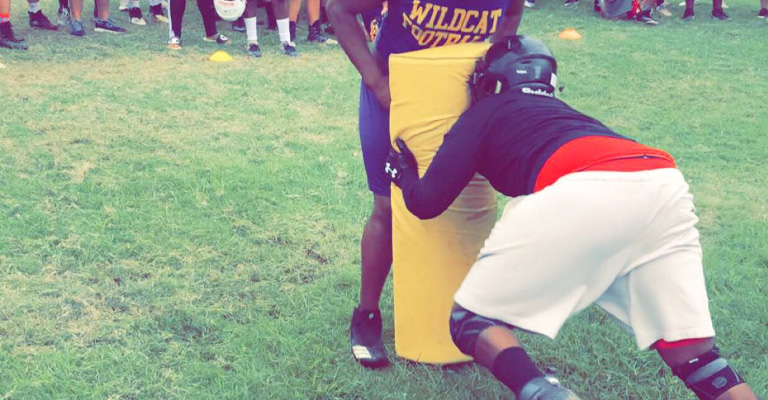
The blocking drill is crucial for offensive linemen and other players involved in blocking assignments to improve their blocking technique, strength, and leverage. Set up two cones about 5 yards apart, representing the defender.
The offensive player lines up in a proper stance and engages the defender, attempting to maintain leverage and control throughout the block.
This drill can include various blocking techniques, such as drive blocking, pass blocking, or pulling and blocking on the move. It helps players develop proper hand placement, footwork, and blocking power.
Agility Ladder Drill
The agility ladder drill is a great way to improve footwork, coordination, and quickness. Set up an agility ladder on the ground and have the player perform various footwork patterns through the ladder.
This can include high knees, lateral shuffles, quick steps, or crossover steps.
The goal is to perform the footwork patterns as quickly and accurately as possible. This drill helps players develop agility, balance, and coordination, which are essential for evading defenders or changing direction quickly.
Quarterback Pocket Movement Drill
The quarterback pocket movement drill is designed to improve a quarterback’s ability to move within the pocket, evade pressure, and maintain proper throwing mechanics. Set up a designated area with cones to represent the pocket.
The quarterback starts in the pocket and practices moving laterally, stepping up, or sliding to avoid imaginary defenders while keeping their eyes downfield.
This drill helps quarterbacks develop pocket awareness, footwork, and the ability to make accurate throws under pressure.
Catching Drill
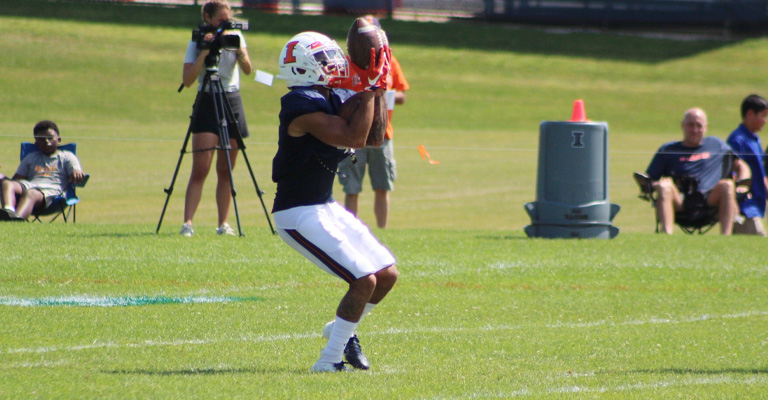
The catching drill is essential for receivers, tight ends, and running backs to improve their hands, hand-eye coordination, and concentration.
Set up a throwing partner or use a passing machine to deliver accurate passes to the player. The player runs various routes and focuses on catching the ball with their hands, away from their body.
This drill can include different catch techniques, such as over-the-shoulder catches, high-point catches, or contested catches. It helps players develop soft hands, hand-eye coordination, and the ability to secure the ball in traffic.
Endurance Conditioning Drill The endurance conditioning drill is designed to improve players’ cardiovascular fitness and stamina.
Set up a designated area, such as a field or track, and have players perform a series of sprints, jogs, or shuttle runs for a specific duration or distance.
This drill can include interval training, where players alternate between high-intensity sprints and low-intensity recovery periods. It helps players develop endurance, speed, and the ability to maintain performance throughout a game.
Red Zone Drill
The red zone drill is designed to improve a team’s efficiency and effectiveness in scoring touchdowns when they are close to the opponent’s end zone. Set up a small area on the field, typically within 20 yards of the end zone.
The offense lines up against the defense, and the quarterback leads the offense in executing plays to score touchdowns. This drill focuses on timing, execution, and decision-making in a condensed area of the field.
It helps players develop their red zone strategies, route running, and situational awareness.
Punt Coverage Drill
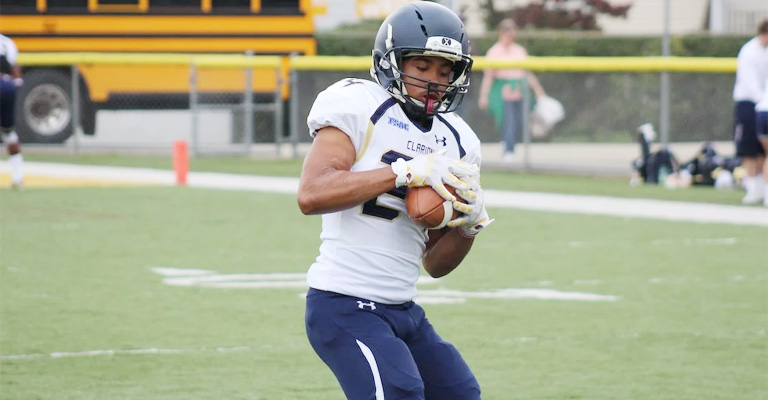
The punt coverage drill is crucial for special teams players to improve their ability to cover punts effectively and prevent return yards. Set up a punting team and a return team.
The punter kicks the ball, and the coverage team must sprint downfield, maintain proper lanes, and tackle the returner. This drill emphasizes speed, agility, and tackling technique.
It helps players develop their punt coverage skills, lane discipline, and the ability to make open-field tackles.
Two-Minute Drill
The two-minute drill is a high-pressure drill that simulates the end-of-game or end-of-half situations where a team needs to quickly move down the field and score.
Set up a specific scenario, such as being down by a touchdown with two minutes left on the clock.
The offense must execute plays efficiently, manage the clock, and make quick decisions to score before time runs out. This drill helps players develop their decision-making skills, clock management, and ability to perform under pressure.
FAQs
How often should I incorporate football drills into my training routine?
It is recommended to incorporate football drills into your training routine at least 2-3 times per week. Consistency is key to improving your skills, so regular practice will help you see progress over time.
Can football drills be modified for different skill levels?
Absolutely! Football drills can be modified to accommodate players of different skill levels. Beginners can start with basic drills focusing on fundamentals, while more advanced players can engage in complex drills that challenge their abilities.
Are there specific drills for different positions in football?
Yes, there are drills specifically designed for different positions in football. Quarterbacks, for example, may focus on passing accuracy and decision-making drills, while defensive players may work on tackling and interception drills.
Can I do football drills alone, or do I need a partner/team?
While some football drills require a partner or a team, many drills can be done alone. Individual drills focusing on agility, footwork, and ball control can be practiced solo, allowing you to improve your skills even without a training partner.
How long should each football drill session last?
The duration of a football drill session can vary depending on your fitness level and goals. Generally, aim for 30-60 minutes per session, including warm-up and cool-down periods. It’s important to listen to your body and avoid overexertion to prevent injuries.
Bottom Line
With “The Ultimate List of Football Drills” at your disposal, you have a treasure trove of exercises to enhance your football skills. Consistent practice and dedication to these drills will not only improve your physical abilities but also sharpen your mental acuity on the field.
Remember, mastering the fundamentals is the key to success in football, and these drills are designed to help you do just that. Whether you’re looking to improve your agility, speed, or overall technique, this comprehensive list has got you covered.
So, gather your teammates, and coaches, or even practice solo, and embark on a journey of growth and excellence.
Embrace the challenge, push your limits, and watch as your performance on the football field reaches new heights. Get ready to become a force to be reckoned with and leave your opponents in awe.

